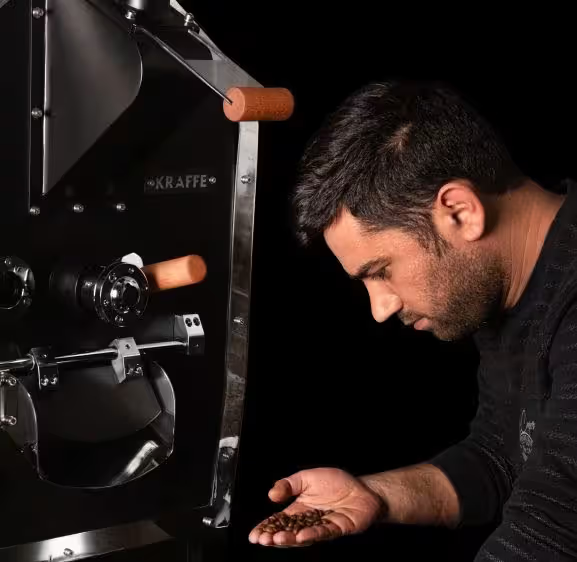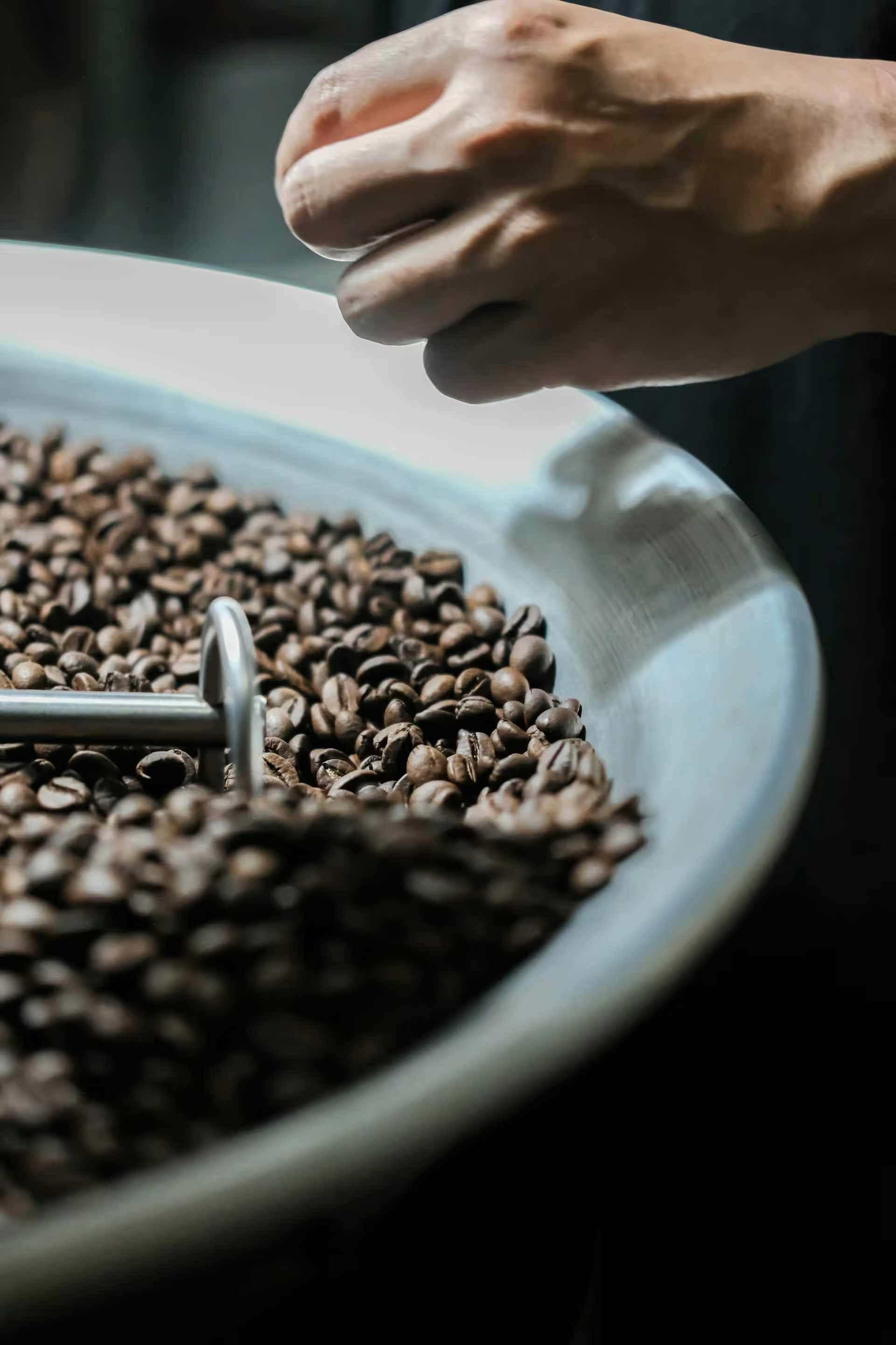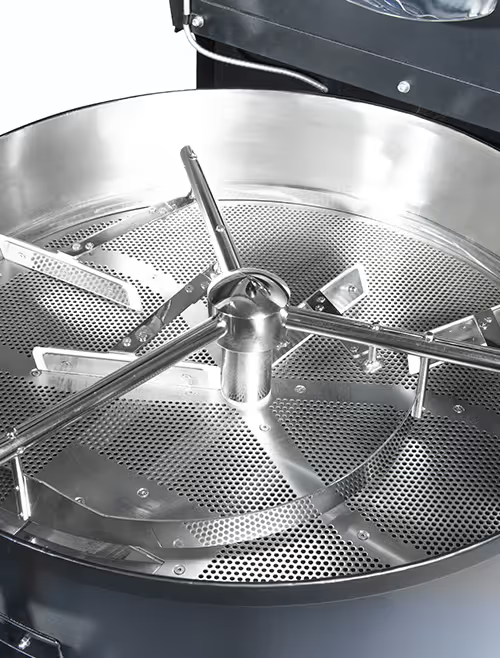Coffee roasting is an intricate process that demands precision, knowledge, and an unwavering commitment to quality. As a coffee roaster, creating the perfect roast profile is an art that brings out the unique flavors and aromas locked within each coffee bean. In this comprehensive blog post, we will delve into the steps and considerations involved in crafting the ideal roast profile with your coffee roasting machine. From understanding the fundamentals of the roasting process to fine-tuning variables, we will equip you with the knowledge and skills to elevate your coffee roasting game.
I. Understanding the Roasting Process
Before diving into creating a roast profile, it’s crucial to grasp the fundamentals of the roasting process. Roasting coffee beans involves a delicate balance between time, temperature, and airflow. The coffee bean undergoes various stages during roasting, including drying, browning (Maillard reaction), first crack, and potentially second crack, each influencing the final flavor profile. Familiarizing yourself with these stages and the chemical reactions occurring within the bean, as detailed in our guide to creating coffee roasting profiles, will lay a solid foundation for your craft.
II. Choosing the Right Roasting Machine
Selecting the right coffee roasting machine is pivotal for achieving consistency and controlling the roast. Different roasting machines offer unique features, such as drum roasters (Kraffe’s specialty), fluid bed roasters, or hybrid models. Understanding the strengths and limitations of each type, which we touched upon in our exploration of different coffee roasting methods, will help you choose a roaster that aligns with your roasting style and production capacity.
For premium coffee roasting machines that offer precise control over temperature and airflow, check out Kraffe Roasters. Their drum roasters are designed to cater to various roasting needs, ensuring that you can achieve the perfect roast profile for every batch.
III. Defining Your Roast Goals
Defining your roast goals is essential to guide the profile creation process. Consider the flavor profiles you want to highlight (e.g., fruity, chocolaty, nutty), the intended brewing methods (espresso, filter, cold brew), and your target audience’s preferences. Whether it’s showcasing the delicate floral notes of a single-origin coffee or crafting a balanced espresso blend, setting clear objectives will help you make informed decisions during the roasting process.
IV. Conducting Sample Roasts
Sample roasting is an integral part of profile creation. It involves roasting small batches of green coffee beans to experiment with different variables and discover the best flavor outcomes. During this phase, you can manipulate time, temperature, and airflow to understand how they influence the coffee’s acidity, body, and sweetness. Using a dedicated machine like the Kraffe Primi Sample Roaster can be invaluable here. Taking detailed notes of each sample roast will aid in the refinement process later.
V. Fine-Tuning Your Profile
After conducting sample roasts, it’s time to fine-tune your profile. Analyze the results from each roast, identifying the flavor characteristics you wish to emphasize or adjust. Make incremental changes to the roast curve (the graph of bean temperature over time), keeping track of the modifications for future reference. As you progress, pay close attention to the roast development time (time after first crack), rate of rise (RoR), and the crucial first crack and (if applicable) second crack points to achieve the desired flavor complexity.
For reliable and accurate coffee roasting machines, consider exploring Kraffe Roasters’ selection of drum roasters. Their advanced control systems and consistent performance make them an ideal choice for achieving reproducible roast profiles.
VI. Consistency and Reproducibility
Consistency is the key to building trust with your customers and establishing your roasting brand. Once you have developed a profile that aligns with your roast goals, focus on reproducing that profile consistently. Maintain meticulous roasting logs, noting the machine settings, bean quantities, ambient temperature, and humidity for each roast. Regularly calibrate and clean your roaster to ensure accurate and consistent results batch after batch.
VII. Cupping and Sensory Analysis
Cupping (formal coffee tasting) and ongoing sensory analysis are crucial steps in evaluating the success of your roast profile. Regularly cupping your roasted coffee will help you identify any variations and ensure that your coffee consistently meets your quality standards. Engage your palate to detect subtleties in flavor, acidity, body, and aftertaste. The feedback from cupping sessions will help you make informed adjustments to your profile if necessary.
Conclusion: Elevating Your Roasting Craft
Creating the perfect roast profile with your coffee roasting machine is a journey of dedication and passion. By understanding the roasting process, choosing the right machine, and meticulously defining and refining your profiles, you can craft exceptional coffees that reflect your vision and expertise. Consistency and reproducibility are the cornerstones of a successful roasting operation, ensuring that each cup of coffee delights your customers with its unique flavors and aromas.
Embrace the art of coffee roasting, and let your creativity and dedication shine in every batch you roast. Cheers to elevating the coffee experience, one roast profile at a time!


